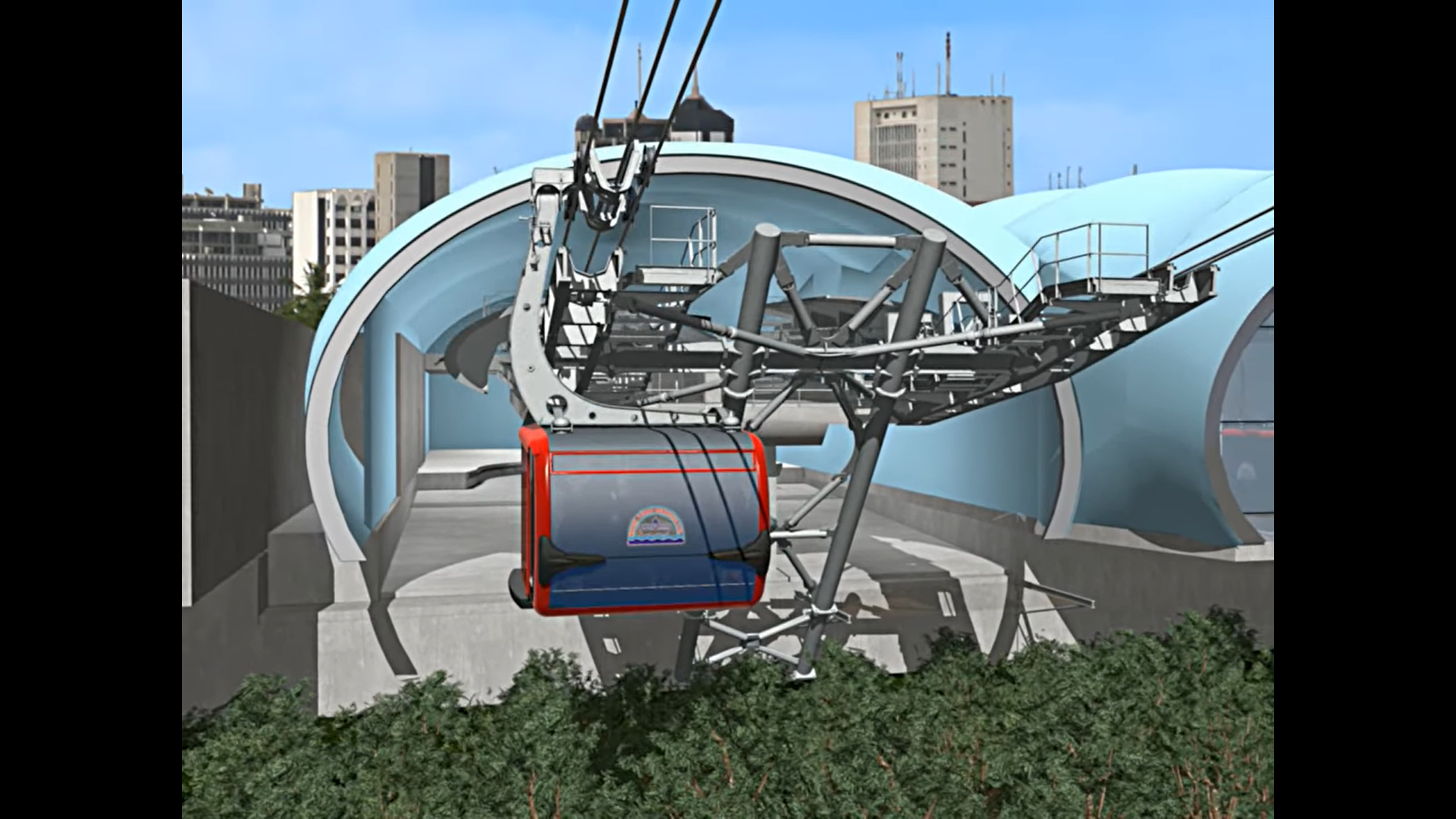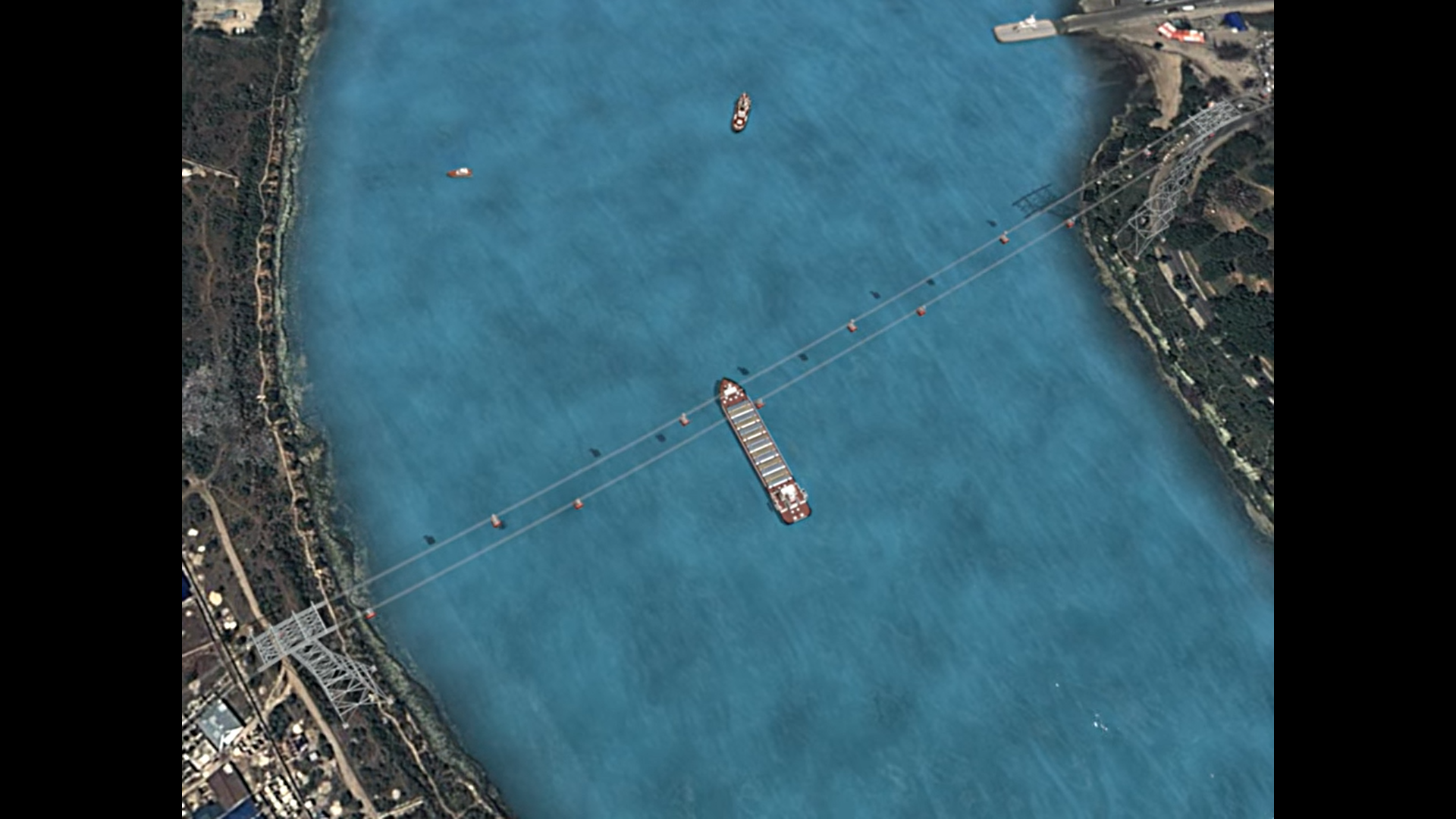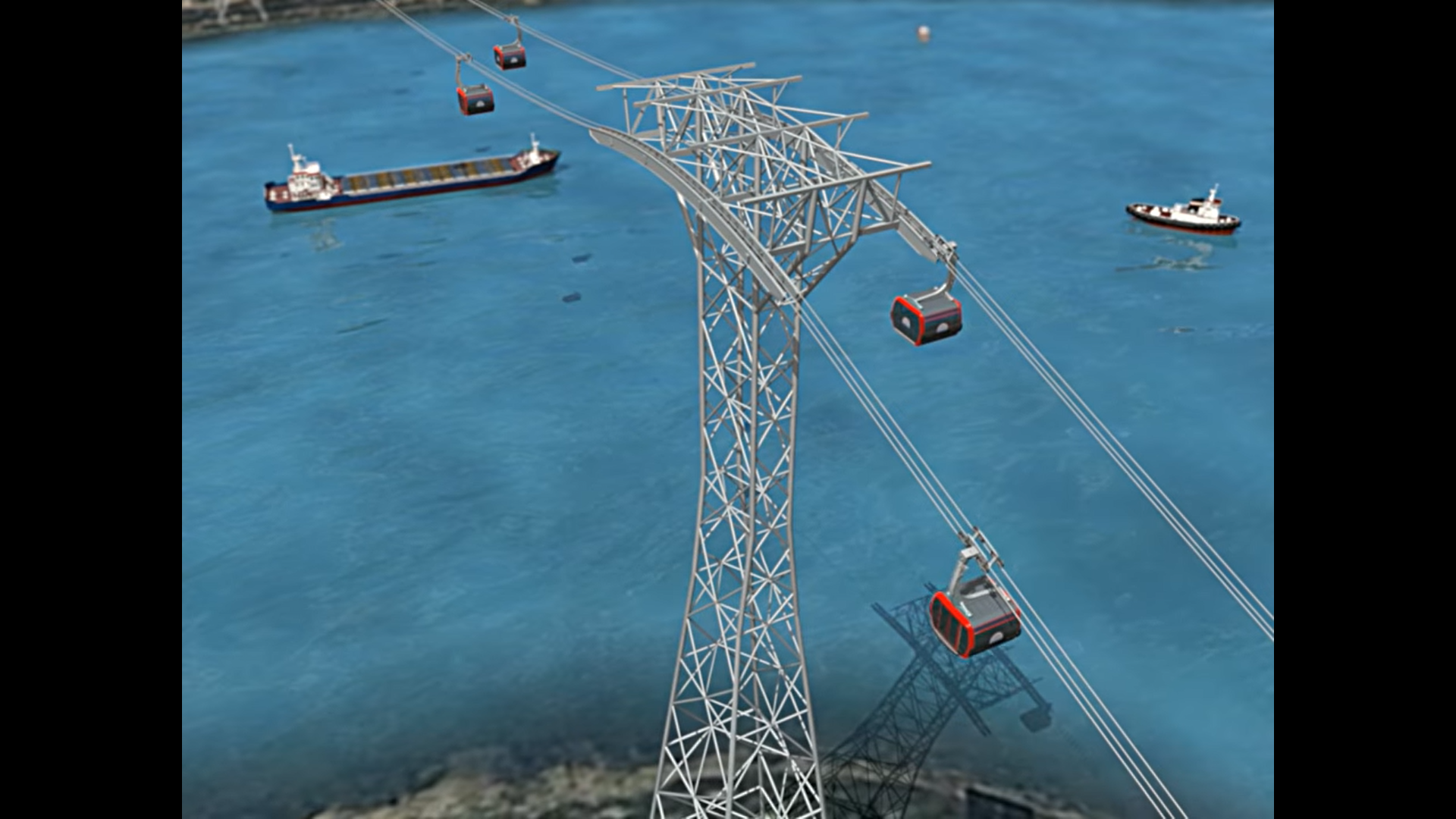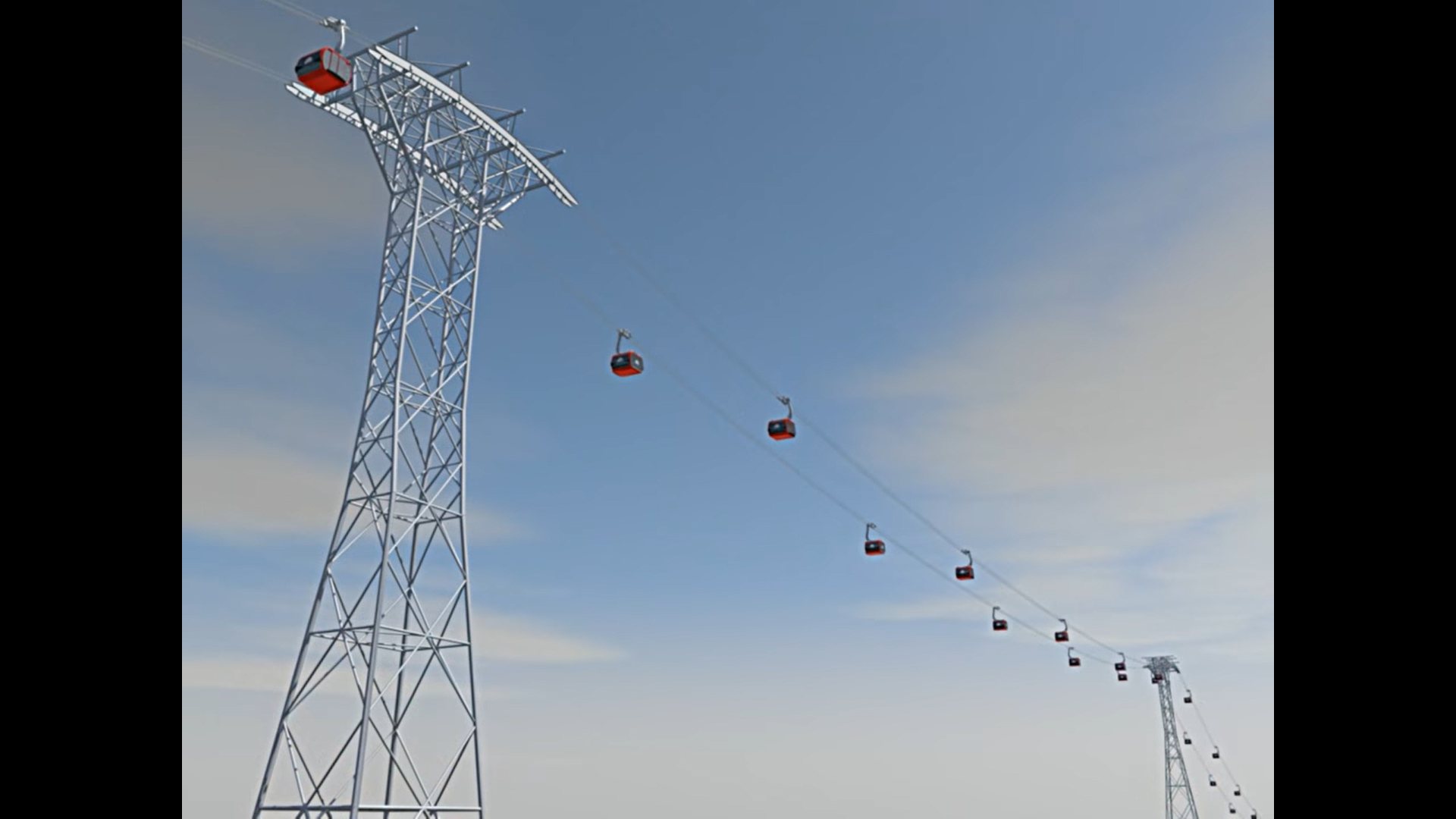
Cities, SI Urban 1/2022, Tourism
Mombasa – Likoni cable car clears the next hurdle
Starting point
The centre of Mombasa is situated on an island and separated from its suburbs by various basins and channels. Whereas bridges connect the other districts to Kenya‘s second largest city, only four ferries run between Mombasa and the town of Likoni. These transport up to 300,000 passengers and 6,000 vehicles per day across the 500-metre strait.
The operating company, partially state-owned Kenya Ferry Service (KFS), now hopes to relieve the burden on its ferries by means of a cable car – on the initiative of private investors. Both sides anticipate numerous advantages from this.
Reasons
It increases the reliability of the crossing for the passengers, thanks to the additional transport provision. Moreover, more commuters can cross at once, not least because the cable car allows a fast passenger crossing in four minutes, with no waiting time. Tailbacks at the ferries are therefore reduced.
Furthermore, the aerial transport solution does not conflict with shipping traffic, and it offers a reliable and fast connection in case of emergency. In addition, the cable car can also operate at wind speeds up to 100 km/h and even in the case tsunami warnings, and it offers space for clearly visible advertising and the installation of transmitter aerials.
Process
Likoni Cable Express (LCE) is a privately financed project, a private initiative as part of a public-private partnership (PPP). Work on it has been ongoing since 2013; the Kenyan government finally approved the cable car and concluded an agreement with Austrian cable car manufacturer DOPPELMAYR in 2018.
The investment volume – including from private investors – amounts to 5.8 billion Kenyan shillings (45 million euros). However, according to “Construction Kenya”, the project was delayed by disputes over competence between Kenya Ferry Services and Kenya National Highways Authority. Nonetheless, the required land has now been made available, which means that the Likoni cable car project is expected to get under way in April 2022.


Cable car
To satisfy the high passenger numbers and sometimes strong winds, the operators from LCE are relying on a 1,3 kilometre long three-cable circulating track. This should be able to cross the channel in three minutes and 40 seconds and will carry 22 gondolas.
With a travel speed of seven metres per second, it will therefore be possible to transport up to 5,500 passengers per hour in both directions. The cable will be carried on two 90-metre-high supports, on either side of the strait, so that ships can pass unhindered below the installation.
Effects
As well as the transport advantages, LSE also promises social and economic benefits. The operators anticipate 66 new permanent positions and up to 500 jobs during the construction phase. In the long term, the cable car company will be a very significant taxpayer.
“The cable car stations will have a positive effect on residential development and social standards. A large number of additional businesses can be created, such as service providers for commuters or guided tours for tourists,” the instigators of Likoni Cable Express claim.
With regard to tourism: the cable car will therefore also strengthen foreign tourism to the south coast – as a landmark and attraction with a twenty-kilometre panoramic view over Mombasa, the beaches and the Indian Ocean. “Not least, it will attract other forms of investment, including faster development of the property market in the south coast region,” supporters are convinced.
Outlook
If construction actually begins in April 2022, the people responsible expect a construction time of 18 to 24 months. The cable car should then run for at least 25 years, to cover the initial investment costs as well as the operating costs and to achieve a reasonable return for the investors.








